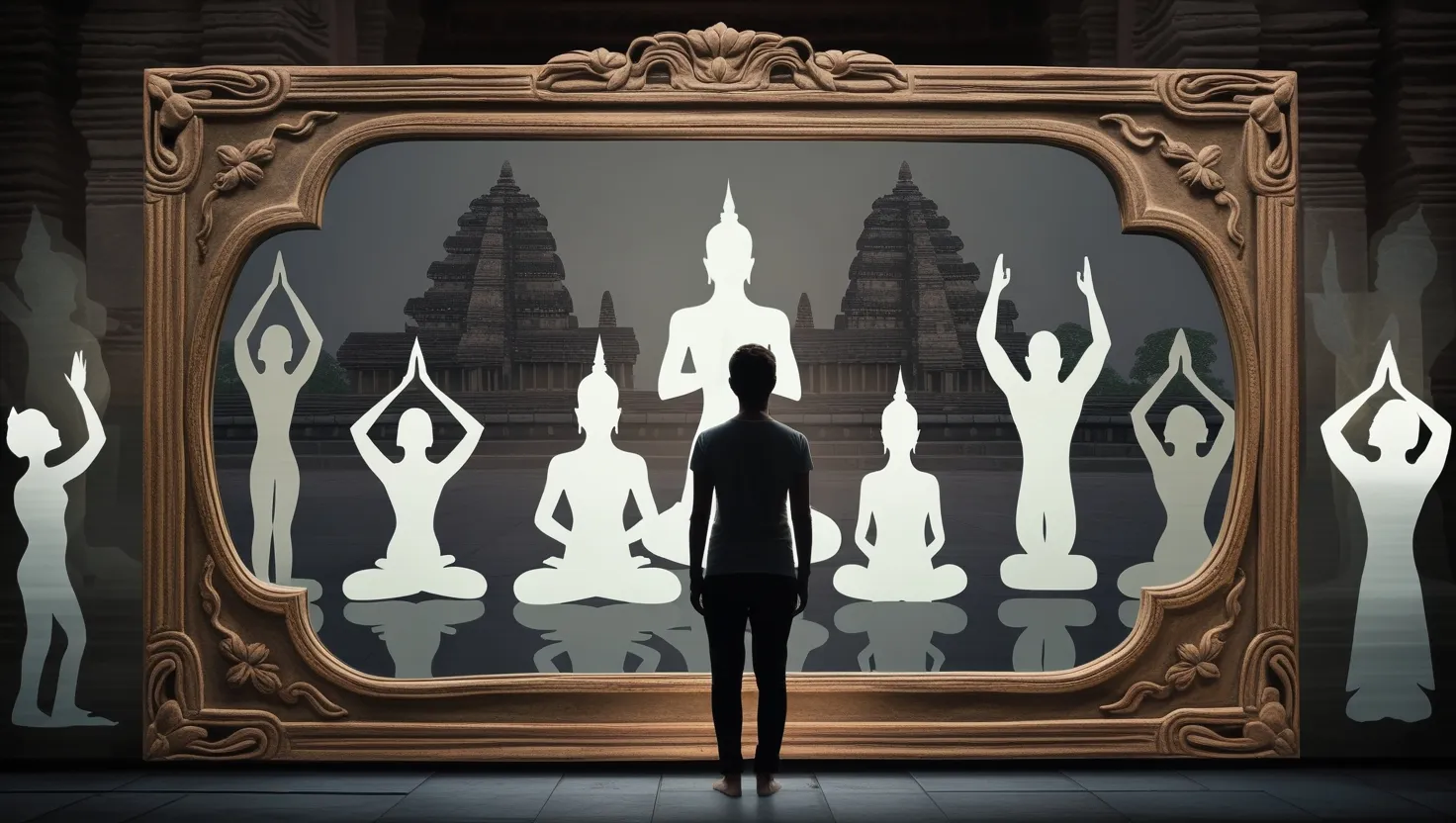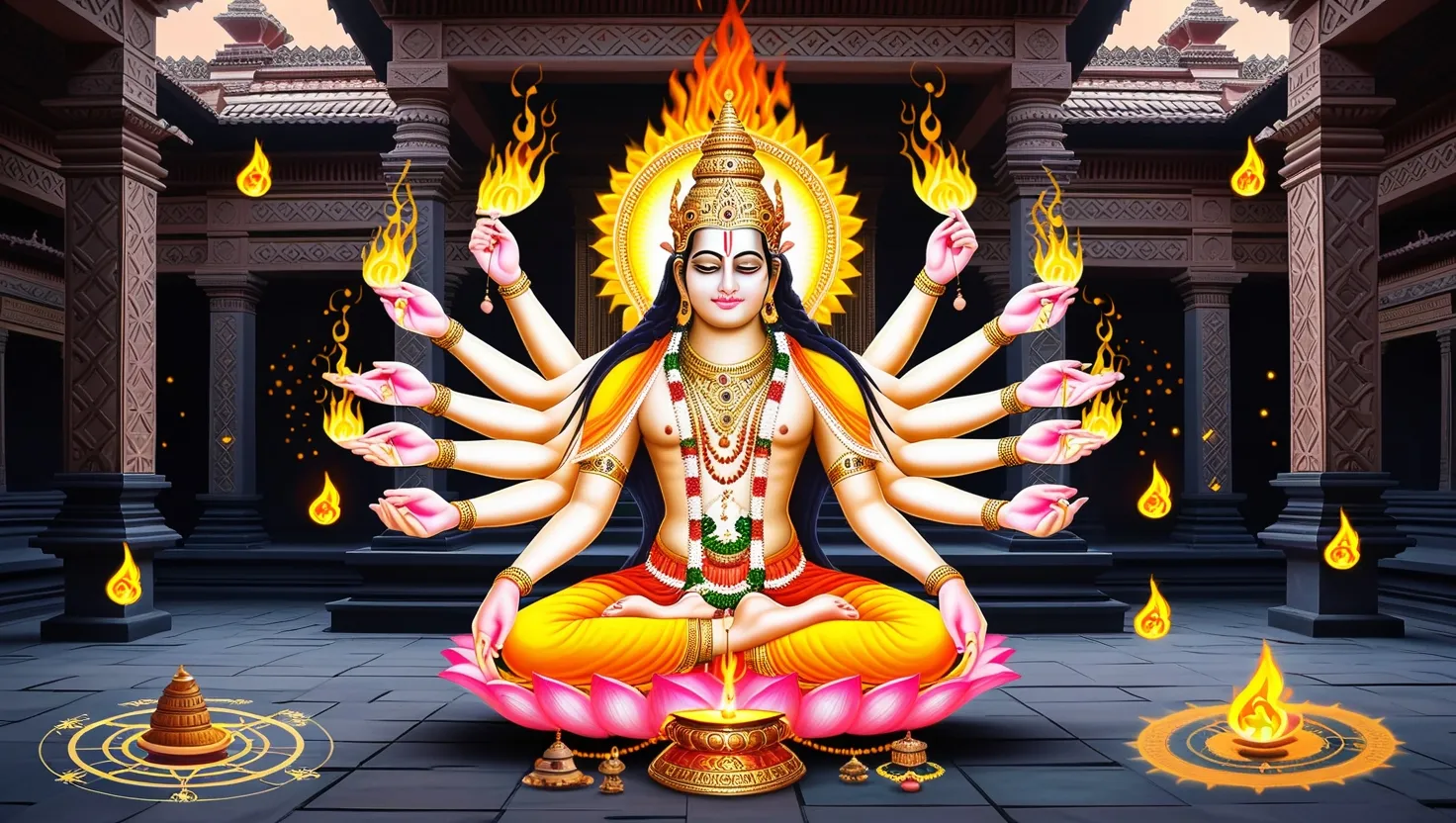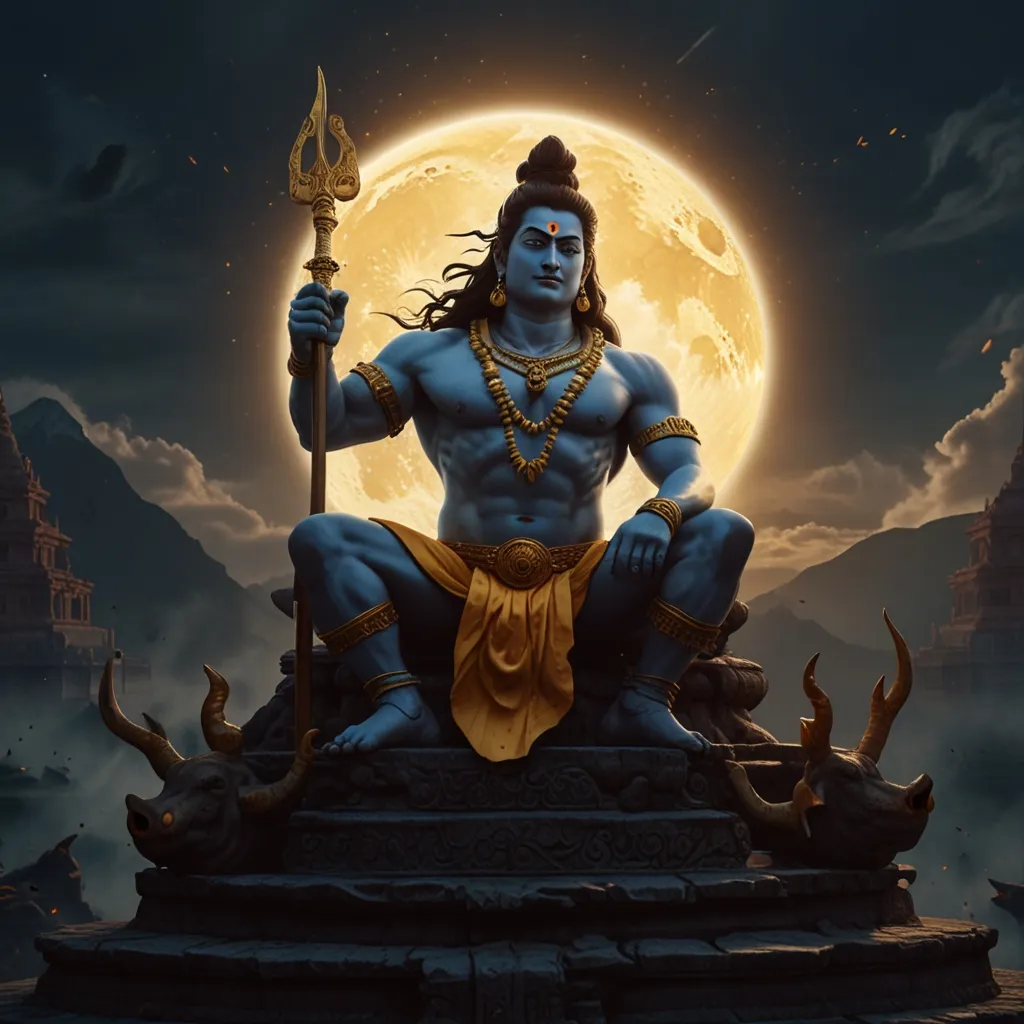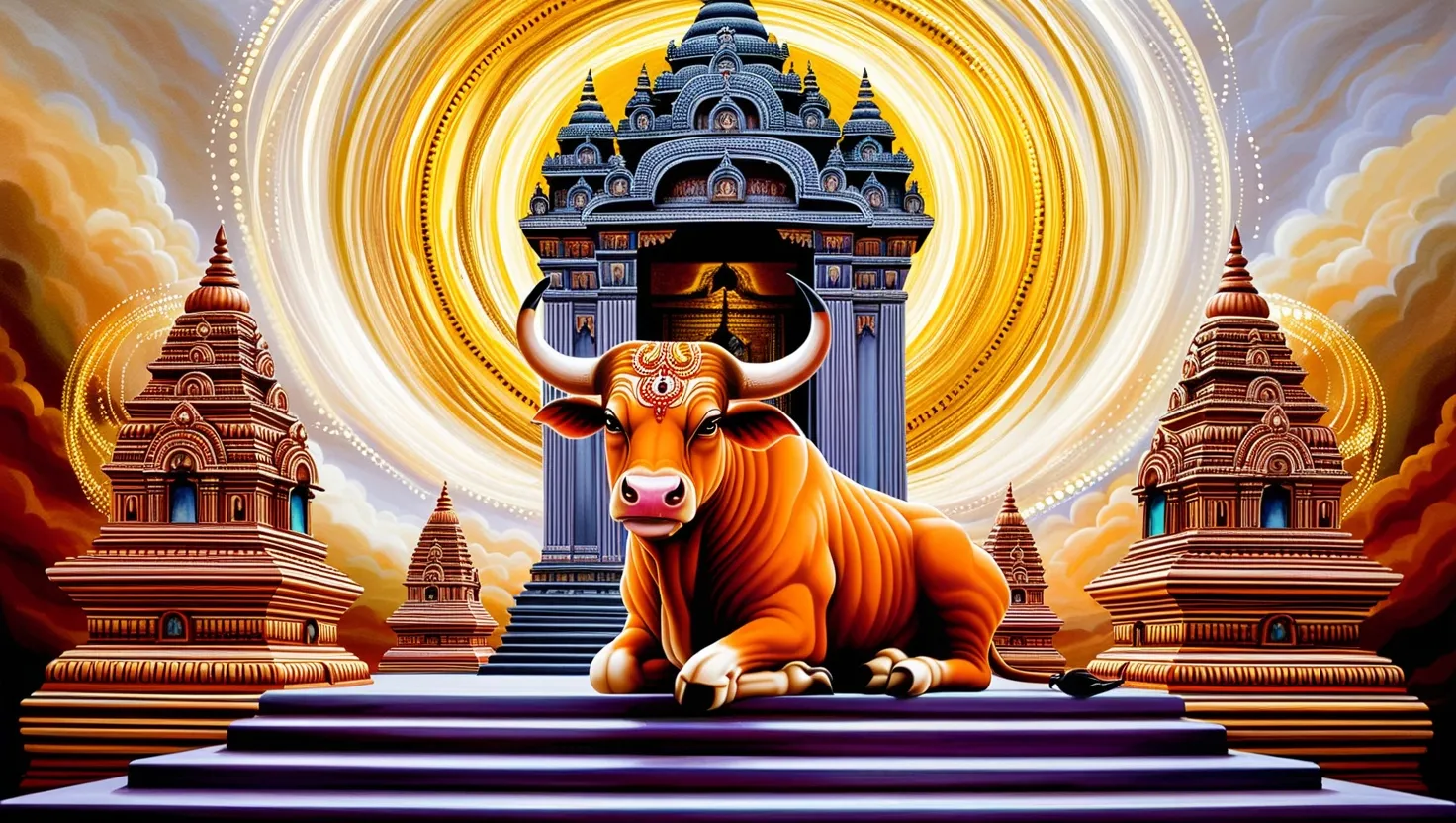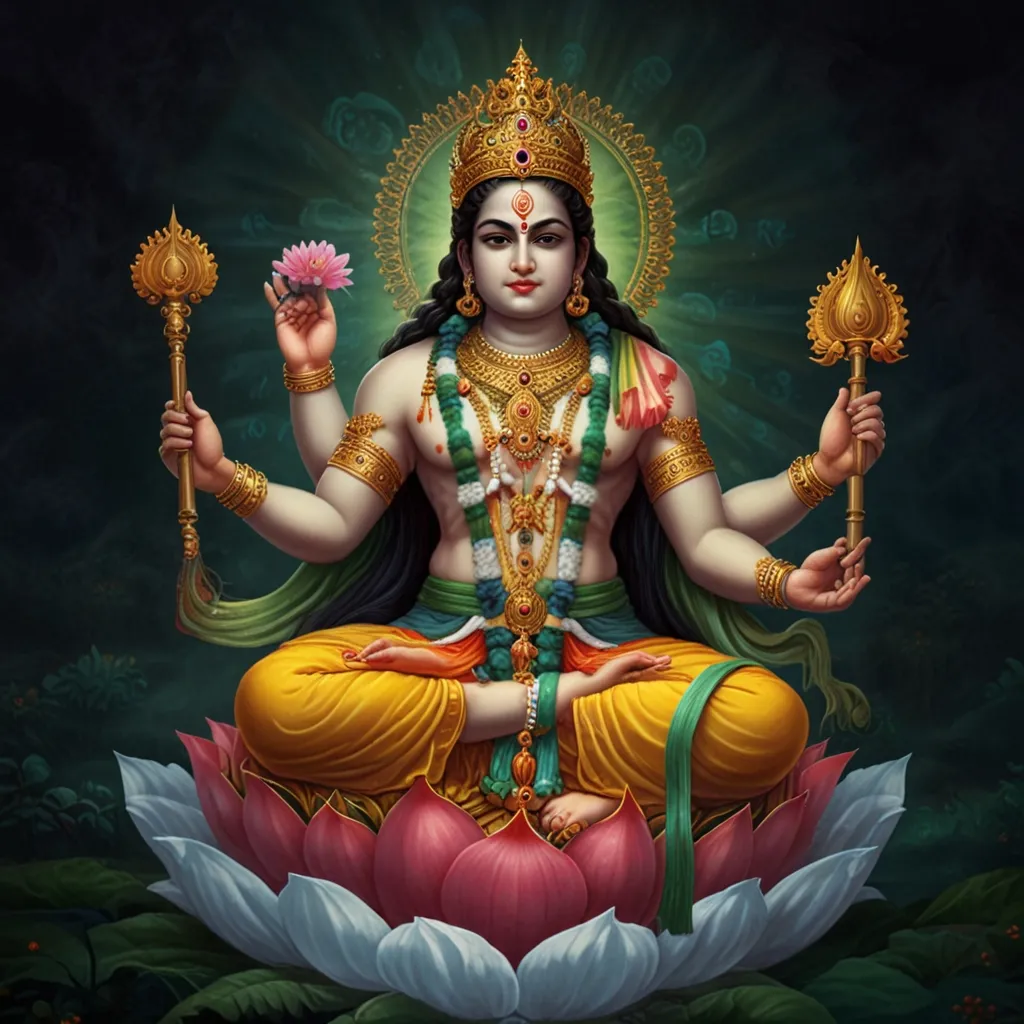When I think about the Bhagavata Purana, I don’t just see it as an old text brimming with divine stories and miracles. What strikes me most is how—buried in its grand tales and poetic allegories—it casually holds up a mirror to our minds. Each narrative, even at its most fantastical, gently surfaces raw truths about human emotion, thought, and motivation. And what’s fascinating: these psychological truths haven’t aged a day. They are as relevant in today’s world of high-speed distraction and social anxiety as they might have been in ancient forest hermitages.
Now, let me walk you through seven stories that, to me, expose the very wiring of our psyche. How do these tales still matter? Why do they linger? Should we even bother reading stories about gods, kings, and mystical beasts?
“Stories are the creative conversion of life itself into a more powerful, clearer, more meaningful experience. They are the currency of human contact.” —Robert McKee
Dhruva’s story opens with a deep ache—a young son ignored by his father, burning with longing for recognition. Have you noticed how most of us carry some version of Dhruva’s hunger? Maybe you’ve wanted affirmation from a boss, a friend, maybe even a passing stranger. His tale isn’t about ambition alone; it’s about that bottomless feeling of “I am not enough. I must prove myself.” What’s remarkable is how Dhruva channels the pain of rejection into laser-focused discipline, meditating in the cold forest with breathtaking single-mindedness. Is pain a curse, or is it fuel? This is a question that echoes far beyond Dhruva’s legendary meditation: What do I do with my unmet needs? The lesson isn’t just spiritual triumph; it’s a snapshot of the psychological engine that drives excellence—and sometimes, destruction.
In the world of friendships, Sudama’s visit to Krishna stands as an almost tender psychological map of status anxiety. Sudama is poor, almost embarrassingly so, and that fact alone builds an invisible wall. How often do we pause before meeting an old friend, worrying about how little or how much we have to give? Sudama clutches his bag of flattened rice, ashamed of its simplicity, yet Krishna greets him with unfeigned glee, turning every expectation upside-down. In that moment, the Purana reveals a truth far more radical than anything you’ll find in etiquette manuals: Sincerity trumps spectacle. This is a direct challenge to every modern instinct that says, “You are what you own.” If you hesitate at moments of generosity, ask: What story am I telling myself about worth?
“Friendship is unnecessary, like philosophy, like art… It has no survival value; rather it is one of those things which give value to survival.” —C.S. Lewis
Then comes Ajamila, whose narrative is discomforting in its honesty. A virtuous man who loses himself to vices, he lives a life mired in contradiction. At the edge of death, he instinctively calls his son “Narayana”—a name shared by the Divine. What I find most compelling is how the story steps boldly into the territory of the unconscious. It asks us: How much of our so-called conscious life is simply the repetition of forgotten patterns, old devotions cloaked in new forms? When the chips are down, what hidden elements steer your choices? Ajamila’s spontaneous cry, unintentionally sacred, illustrates that beneath layers of action and distraction lie deeply seeded imprints—some harmful, some redemptive. The unconscious mind is never truly silent.
King Bharata’s odd devotion to a fawn is, at a glance, almost laughable. Here is a king who gives up everything only to become emotionally shackled to a deer. Have you ever found yourself obsessing over something so small it makes you forget your life’s broader meaning? This story brings to the surface a quiet warning: Attachment, even to what seems pure or tender, can quietly become a trap. The world rarely tells us to beware of gentle distractions. We assume danger comes from excess or vice, not from love. But, as Bharata learns, even noble affection—left unchecked—can spiral into fixation that hijacks purpose. Where do I draw the line between care and compulsion?
“He who binds to himself a joy
Does the winged life destroy;
But he who kisses the joy as it flies
Lives in eternity’s sunrise.” —William Blake
Gajendra the elephant shows us a different face of the psyche—the moment crisis strips away every illusion of power. Caught by a crocodile and unable to break free, he finally abandons self-reliance and cries out for divine help. How often do we persist, stubborn and exhausted, certain we should fix our problems alone? The Purana suggests a paradox: Deliverance begins the instant we accept our limits. When I stop fighting for total control and surrender to something greater—be it faith, community, or a higher value—transformation is possible. What do I gain by refusing to surrender when I’ve tried everything else?
“Surrender is not the best way to live; it is the only way to live.” —Tony Evans
Putana’s tale unsettles us at the roots. Disguised as a nurturing mother, she tries to poison baby Krishna. On the surface, it’s just another god-triumphs-over-evil myth, but dig deeper. How often does malice hide behind kindness? The narrative forces me to ask, Who do I trust, and why? In a world where appearances can be meticulously maintained, the story brings to the fore the importance of discernment. It’s easy to think of evil as something stark and obvious, but the most damaging influences often wear masks. How do I tell the difference between genuine goodwill and a ploy?
Kaliya the serpent, churning the Yamuna’s waters into a toxic mess, is ultimately subdued by Krishna dancing on its many hoods. I often picture this as a metaphor for what happens when my own inner turmoil—anger, pride, jealousy—overflows, poisoning my thoughts and relationships. The image of Krishna balancing on the serpent isn’t about violence. It’s an allegory for mindful mastery. Can I dance skillfully atop my own inner poisons, refusing to suppress them, but not letting them dictate my life? This episode gently reminds us that emotional management isn’t about denial but about conscious engagement.
“We are not disturbed by things, but by the views we take of things.” —Epictetus
What consistently surprises me about these stories is their invitation to face ourselves honestly, often through embarrassment, discomfort, or paradox. They aren’t simply blueprints for godliness; they’re diagnostic tools for ordinary living. The Bhagavata Purana does not ask us to worship passively. It dares us to question: What are my motives? Where am I stuck? What generational patterns am I repeating? The episodes often pause at the edge of contradictory emotions—love mixed with fear, discipline swirling with desire. The text never pretends solutions are simplistic. Instead, it seems to say: “Notice yourself. Be curious. Every battle, every triumph or loss in these tales, is mirrored inside you.”
One under-appreciated dimension is how often these stories center the power of association. Satsanga—keeping company with the wise or sincere—appears again and again. It turns out, our mental climate is porous. Like Sudama, we absorb the values of those immediately around us. Even fleeting moments of grace—a learned chant, a humble offering, a true friend—can steer our minds at crossroads. This isn’t abstract spirituality. It’s recognition that growth flourishes within supportive, challenging, or loving circles.
Modern psychology speaks of mindfulness, emotional intelligence, resilience. Yet, these ancient narratives deploy remarkably similar themes centuries before lab studies and scholarly articles. For instance, Dhruva’s focus echoes today’s teachings on grit, Sudama’s humility recalls studies on gratitude and social connection, and Bharata’s mistake mirrors our growing understanding of addiction and obsession. The divide between ancient wisdom and contemporary insight isn’t as big as we often think.
I want you to consider—what if these stories weren’t meant to be marveled at from a safe distance? What if they ask us to experiment: Try focusing your pain like Dhruva. Meet a friend with Sudama’s sincerity. Catch yourself reaching for attachment and ask: Is this serving my path, or distracting me? And when crisis hits, as with Gajendra, let go, just for a moment, and invite something unexpected. In everyday encounters, sharpen discernment, yet stay open. When your mind churns with the venomous Kaliya, resist self-loathing. Instead, try curiosity. Can I learn to find balance among inner storms?
“In the depth of winter, I finally learned that within me there lay an invincible summer.” —Albert Camus
Ultimately, the Bhagavata Purana does not prescribe a psychological map. It sketches, in tales outrageous and humble, the perennial struggles and strengths of the human being. Their greatest value may not be instruction but provocation—a series of questions posed to us generation after generation. What are we willing to confront? How much are we willing to see?
Perhaps that’s the point: every story is a mirror. And what we find staring back at us isn’t a god or a demon, but ourselves—confused, hopeful, flawed, and always, always capable of transformation.
